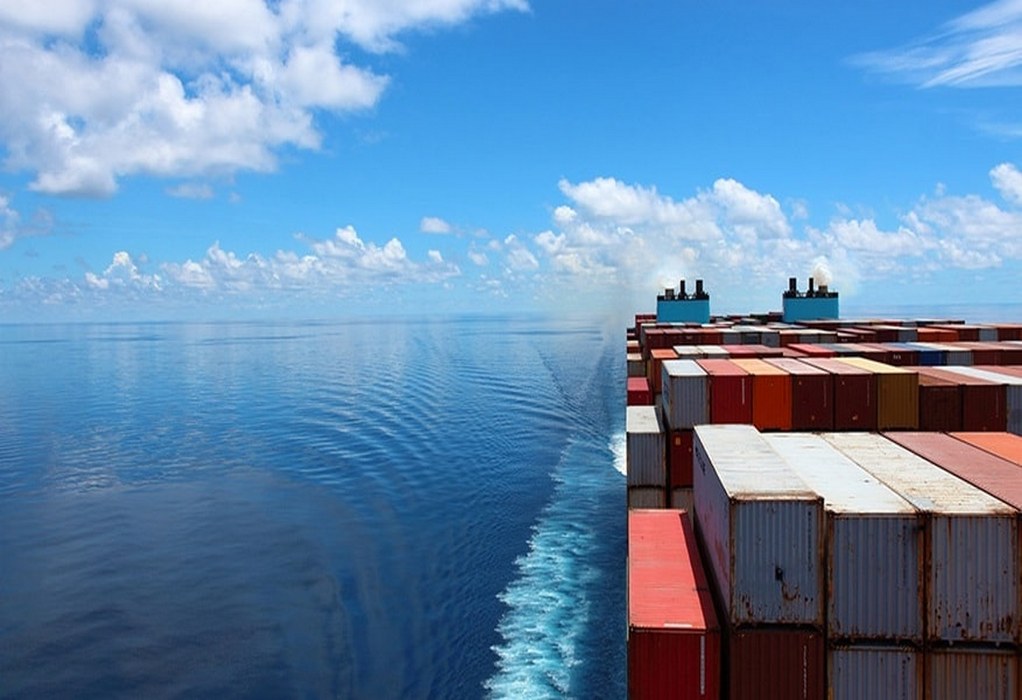The Lithium-ion Batteries in Containers Guidelines, published by several industry bodies, seek to prevent the increasing risks that the transport of lithium-ion batteries by sea creates, providing suggestions for identifying such risks.
Extensive measures to safely transport what is an exponentially increasing volume of lithium-ion batteries, in their various states or charge and when also contained in electronic devices are fully examined including, classification and regulation, container packing, landside storage, stowage onboard ships, incident detection and fire suppression, and loss prevention and risk mitigation.
To prevent similar incidents from occurring in the future, the guidelines advise manufacturers and supply chain stakeholders to address vulnerabilities to thermal runaway cascading, ventilation, and suppression in existing and operational lithium-ion battery packaged systems in containers. Among other suggestions are urgent calls to update industry standards, and training as well as more cargo screening and inspections and for maritime transport to apply the same packaging instructions as for aviation. New firefighting techniques, such as new aerosol techniques, are also advised, something that the International Maritime Organization is looking at.
Intended as the first of an on-going series of publications to be updated as circumstances require this first, Lithium-ion Batteries in Containers Guidelines provides a general overview, and will be followed by three further documents – regulatory compliance check-lists, risk assessment and emergency response, and training and educational awareness.
The dangers of carrying lithium-ion batteries on ships was highlighted in an Allianz Global Corporate & Speciality report, which ranked fire and explosion as the number one cause of marine insurance losses by value from 2017 to 2021. The research, issued in November 2022, also revealed the growing threat of fires caused by lithium-ion batteries that are not stored, handled or transported correctly.
Recently, serious and sometimes catastrophic incidents involving lithium-ion batteries have become more commonplace, with fires reported in all modes of transport – ocean, air and land — as well as in warehouses and where such consignments are at rest.
Tags: Batteries, Lithium-ion, Shipping



Recent Posts
Egypt Advances Maritime Decarbonisation with National Action Plan Backed by IMO
Fuelre4m unveils VIRDIS: A predictive AI breakthrough in global fuel distribution, powered by Five9nes
EXMAR Launches First Ammonia-Fueled Gas Carrier at HD Hyundai Mipo
Japan-Backed Green Hydrogen Centre Planned for Uttar Pradesh
JSW Group Outlines Major Push into Commercial and Heavy Electric Vehicles
Lloyd’s Register Grants Approval in Principle for KSOE’s Multi-Fuel Newcastlemax Bulk Carrier Design
Eureka Shipping Deploys HVO-Ready Cement Carrier Tamarack for Great Lakes Operations
Terntank Places Repeat Order for VentoFoil Wind Propulsion Units on Methanol-Ready Hybrid Tankers